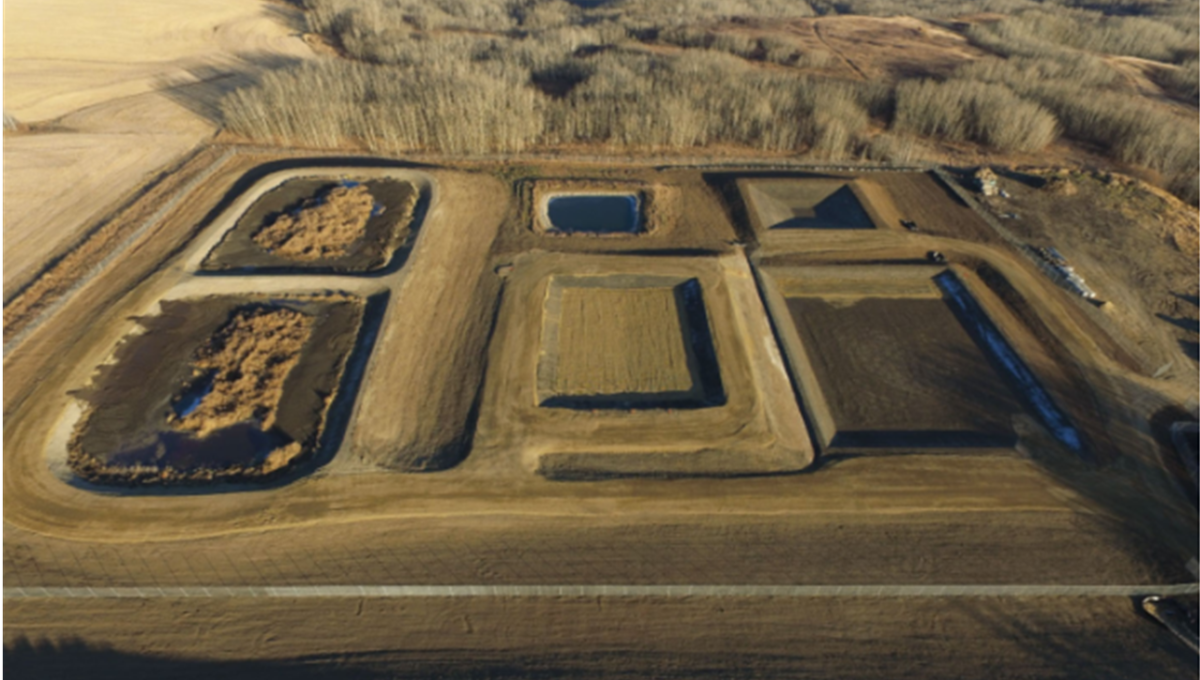Peace River Biosolids Rehabilitation Project
2021-2022 | Peace River, AB
In Alberta, it is common practice to apply wastewater sludges to agricultural lands as a nutrient source. Wastewater sludge, or “biosolids”, must be spread in accordance with standards and guidelines developed by the government. Biosolid programs in Alberta benefit both land and residents; agricultural lands are improved by the nutrient value of biosolids as a soil amendment, and cities and towns experience reduced landfill demand.
In 2021, the Town of Peace River released an Request for Proposal (RFP) for the rehabilitation of their biosolid dewatering beds and leachate ponds. The Town was required to complete the project by the end of 2022. Regulatory requirements from Alberta Environment and Parks were driving the timeline, but the facility had been struggling for some time already; shortly after the facility’s construction in the early 2000s, it was apparent that its design was insufficient.
A second, independent system of storage, drying and leachate pond was added in 2018 to carry the facility along and increase its capacity, allowing the Town to make a plan to reclaim and rehabilitate the old, insufficient beds. By the time McElhanney was engaged for the 2021 rehabilitation project to meet the 2022 deadline, Peace River was operational, but the rehabilitation of the original cells would allow them to be operational for years to come while managing the leachate process more efficiently.
Alberta’s guidelines for the application of municipal wastewater sludges to agricultural lands ensures that both communities and land will benefit from this form of what some call “the ultimate recycling.” While biosolids can be produced through technologies ranging from solar drying and anaerobic digestion to composting, Peace River’s dewatering beds met the community’s unique combination of available land area, climate conditions, volume of biosolid generation, regulatory considerations, and complementary technologies.
McElhanney provided:
- Predesign including topographic survey, site inventory, and utility infrastructure assessment.
- Engineering and design including leachate system, clay liner and roadworks.
- Tender administration including tender preparation, assessments, and award.
- Construction management including site inspections, quantity tracking, site day monitoring, construction surveys, site meetings, change orders, and progress payments.
- Post-Construction including CCC inspection, quality assurance, and project close-out reporting.


